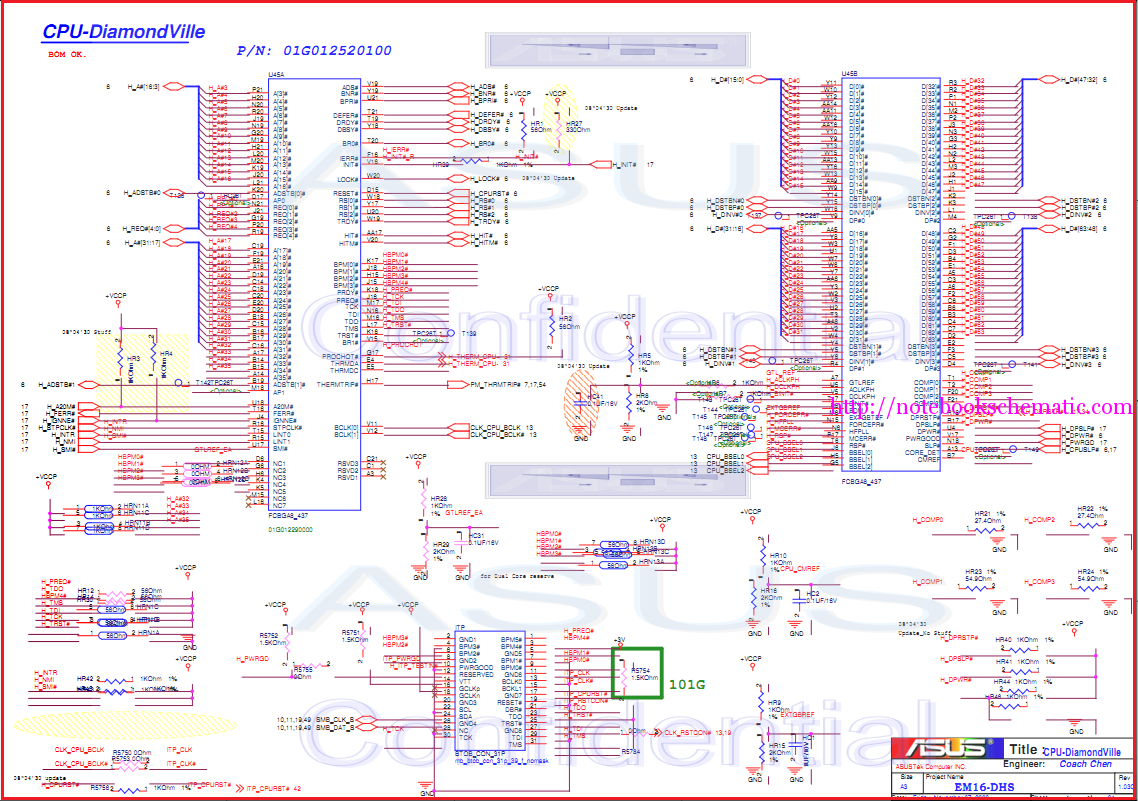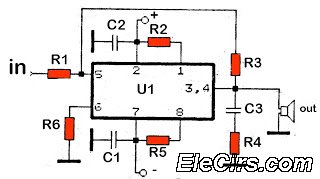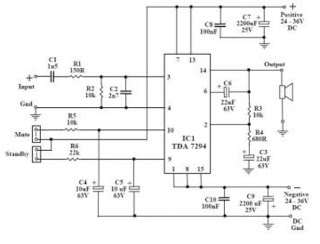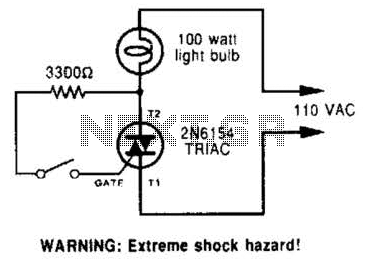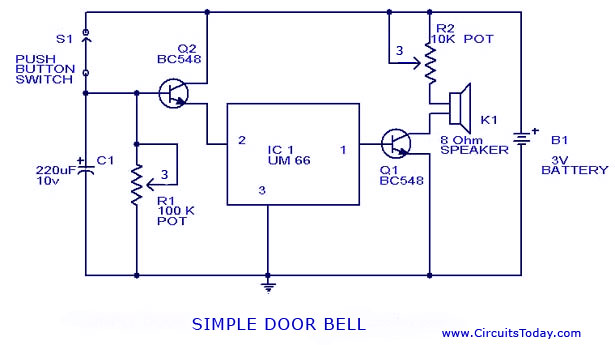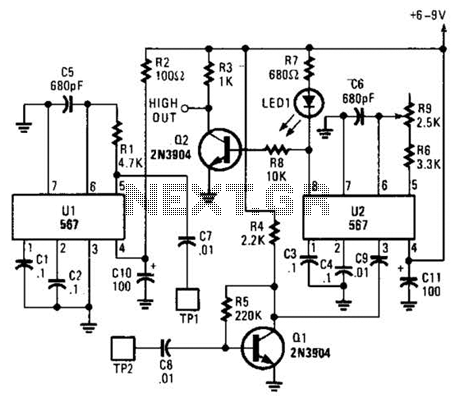
ISO103 ripple reduction circuit diagram
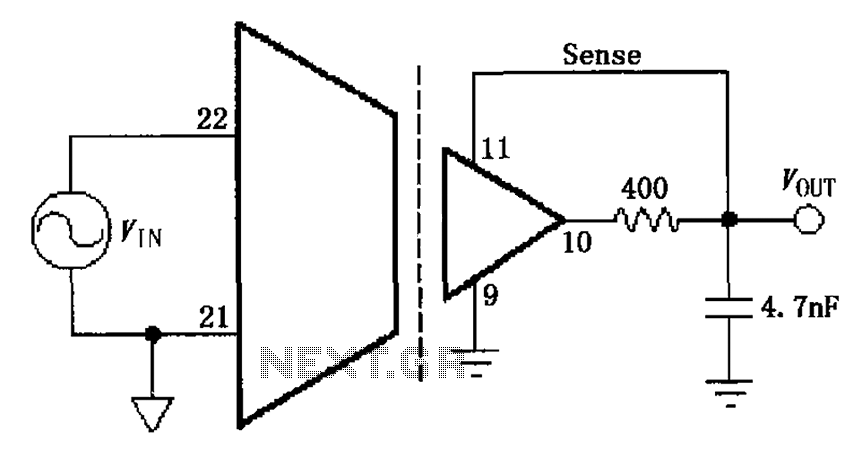
The ISO103 ripple reduction circuit features an output circuit combined with an RC high-pass filter designed to filter out output ripple without impacting the direct current (DC) characteristics. Under specific conditions, the circuit is capable of reducing an 800 kHz ripple voltage to 5 mVp-p.
The ISO103 is a precision instrumentation amplifier that is often utilized in applications requiring low noise and high accuracy. The ripple reduction circuit is particularly crucial in scenarios where power supply noise can adversely affect signal integrity. The incorporation of an RC high-pass filter serves to eliminate unwanted AC ripple components from the output while maintaining the DC level.
The circuit typically consists of a resistor (R) and a capacitor (C) arranged in series, with the output taken across the capacitor. The values of R and C are chosen based on the desired cutoff frequency, which is calculated using the formula:
\[ f_c = \frac{1}{2\pi RC} \]
where \( f_c \) is the cutoff frequency. For an 800 kHz ripple voltage, the filter must be designed to effectively attenuate frequencies around this value while allowing the DC component to pass through with minimal attenuation.
In practical applications, the selection of R and C will depend on the load conditions and the acceptable ripple voltage at the output. Careful consideration is required to ensure that the RC time constant is appropriate for the expected signal dynamics. The performance of the circuit can be further optimized by selecting components with low tolerances and temperature coefficients to ensure stability over varying operating conditions.
Overall, the ISO103 ripple reduction circuit with an RC high-pass filter is an effective solution for minimizing ripple voltage in sensitive electronic applications, ensuring that the DC output remains stable and reliable. As shown for the ISO103 ripple reduction circuit. Circuit at the output plus an RC high-pass filter for filtering output ripple bang, without affecting the current (DC) feature conditions 800kHz ripple voltage can be reduced to 5mVp-p.
The ISO103 is a precision instrumentation amplifier that is often utilized in applications requiring low noise and high accuracy. The ripple reduction circuit is particularly crucial in scenarios where power supply noise can adversely affect signal integrity. The incorporation of an RC high-pass filter serves to eliminate unwanted AC ripple components from the output while maintaining the DC level.
The circuit typically consists of a resistor (R) and a capacitor (C) arranged in series, with the output taken across the capacitor. The values of R and C are chosen based on the desired cutoff frequency, which is calculated using the formula:
\[ f_c = \frac{1}{2\pi RC} \]
where \( f_c \) is the cutoff frequency. For an 800 kHz ripple voltage, the filter must be designed to effectively attenuate frequencies around this value while allowing the DC component to pass through with minimal attenuation.
In practical applications, the selection of R and C will depend on the load conditions and the acceptable ripple voltage at the output. Careful consideration is required to ensure that the RC time constant is appropriate for the expected signal dynamics. The performance of the circuit can be further optimized by selecting components with low tolerances and temperature coefficients to ensure stability over varying operating conditions.
Overall, the ISO103 ripple reduction circuit with an RC high-pass filter is an effective solution for minimizing ripple voltage in sensitive electronic applications, ensuring that the DC output remains stable and reliable. As shown for the ISO103 ripple reduction circuit. Circuit at the output plus an RC high-pass filter for filtering output ripple bang, without affecting the current (DC) feature conditions 800kHz ripple voltage can be reduced to 5mVp-p.
